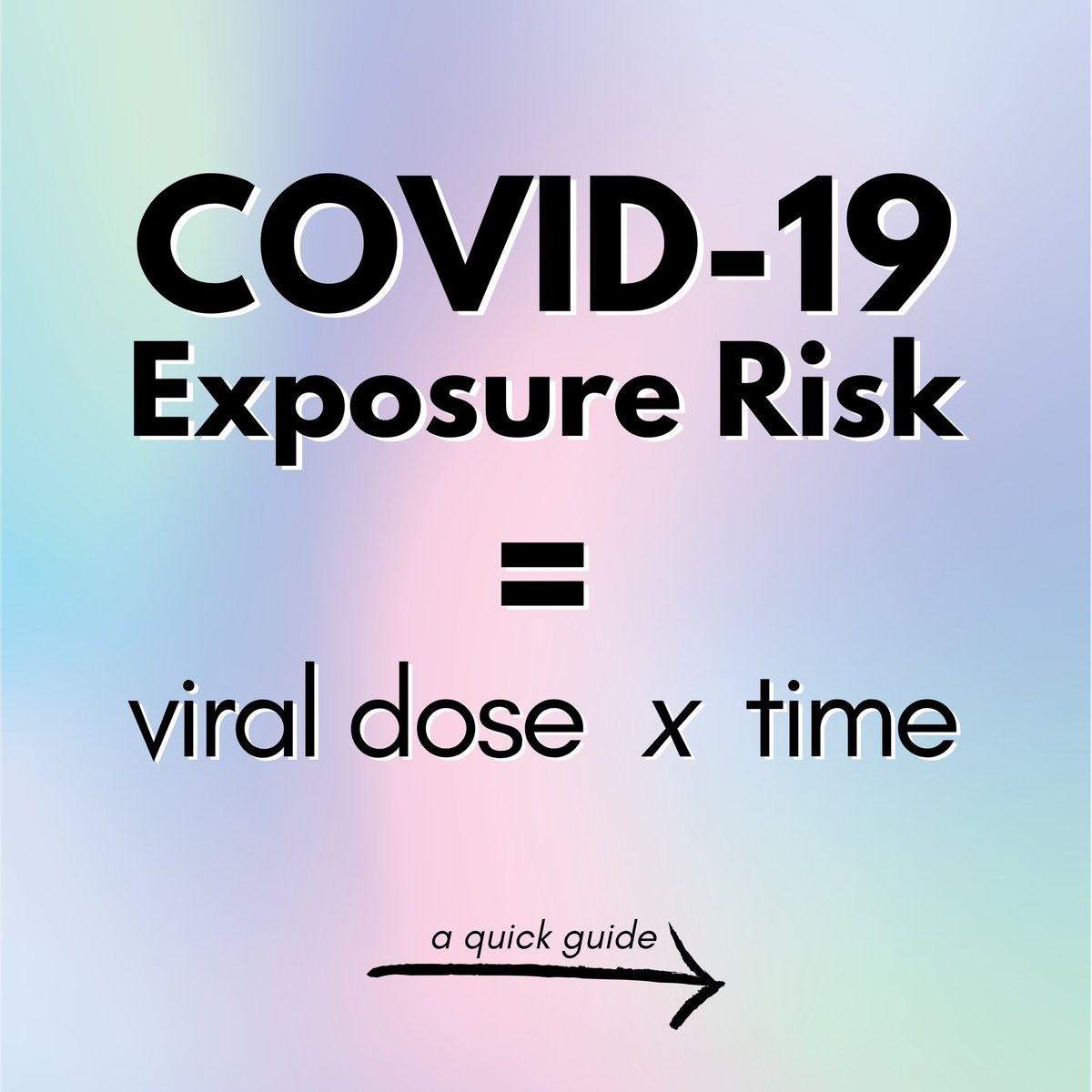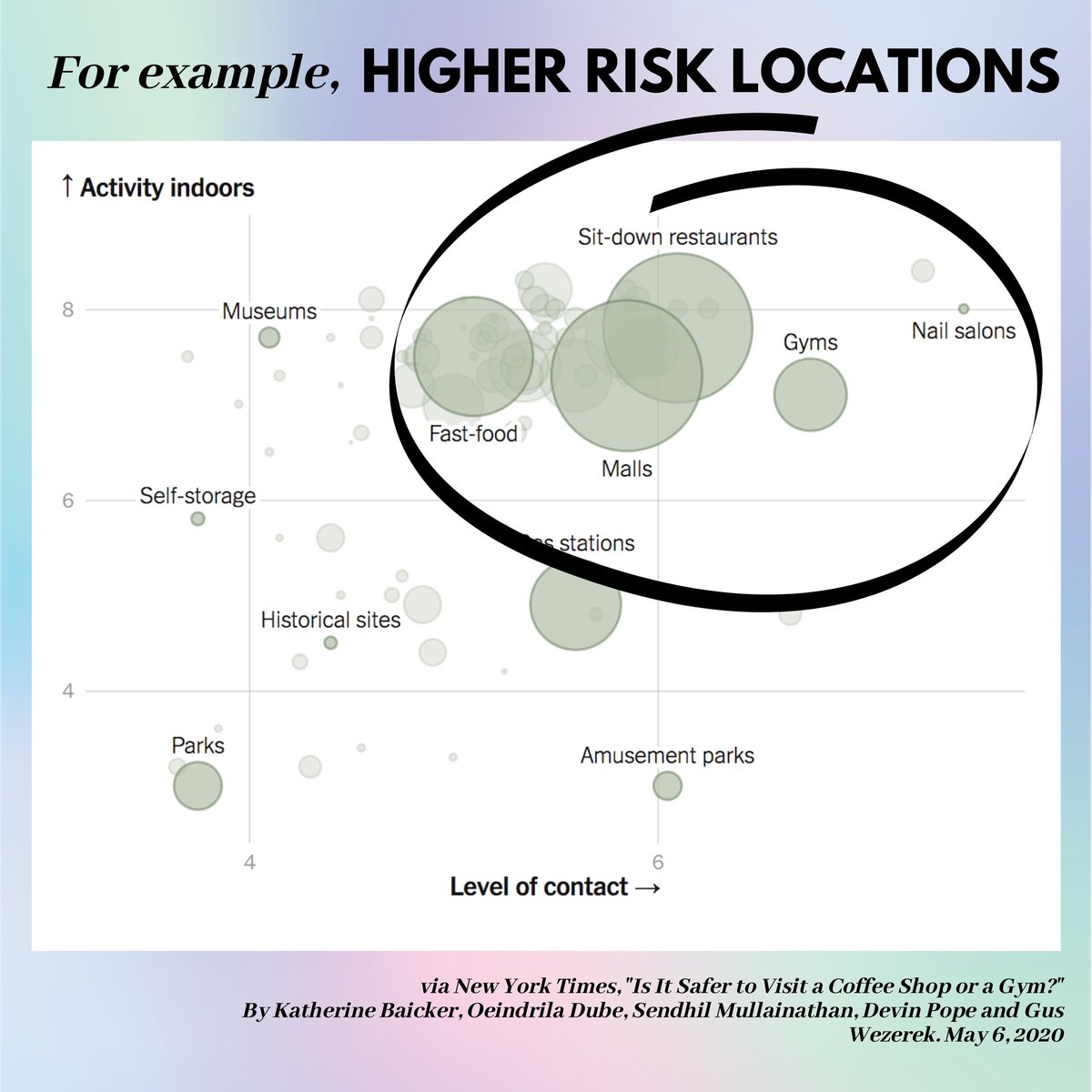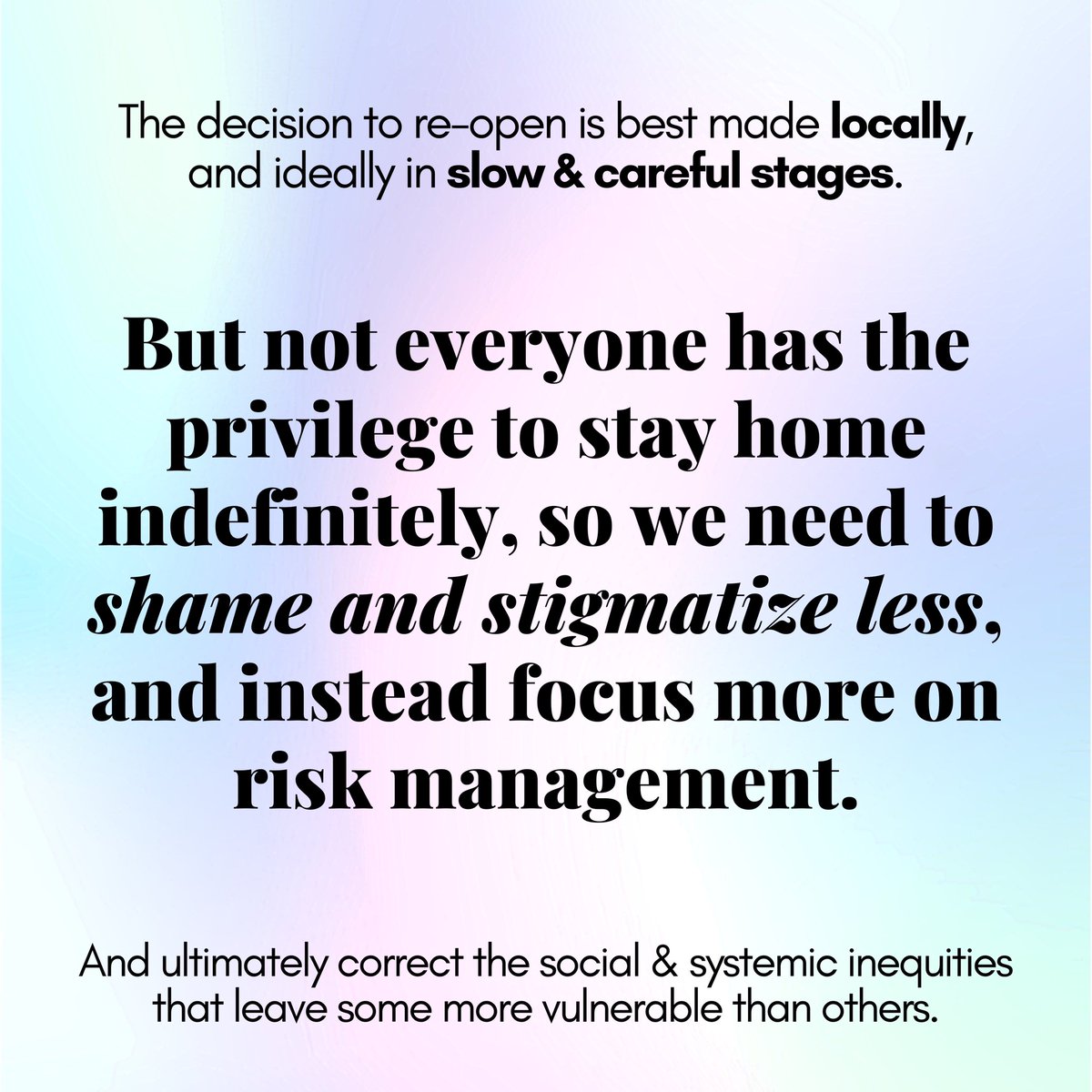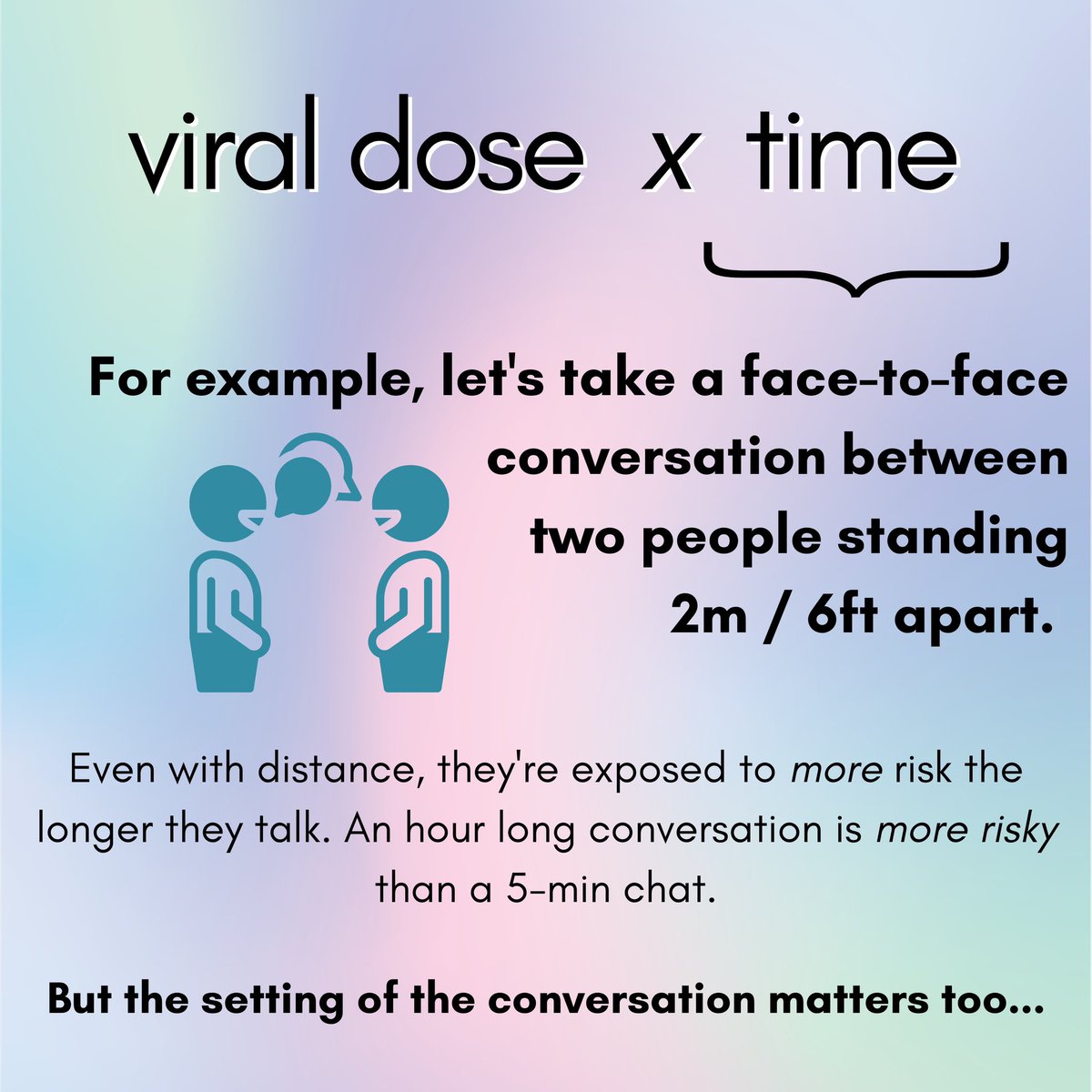1/13

nytimes.com/interactive/20…
7/13

8/13

nytimes.com/interactive/20…
9/13

11/13
12/13
Note we’re always still learning more about this new virus, so all of this is only accurate to posting date!
13/13







